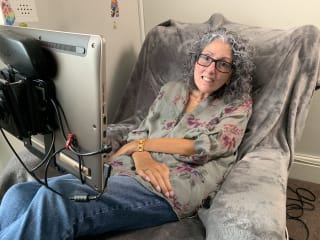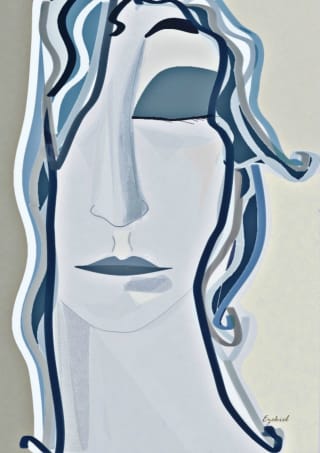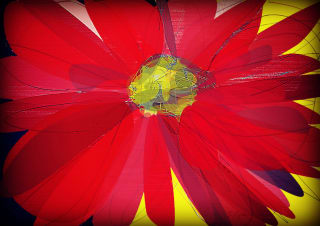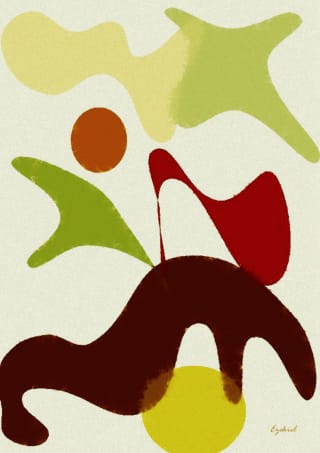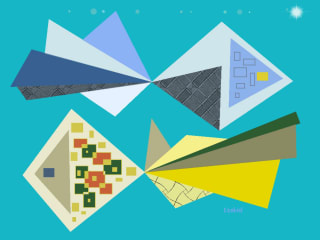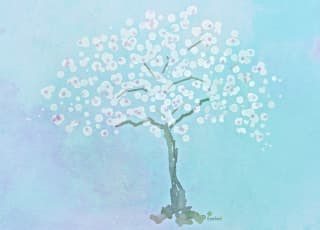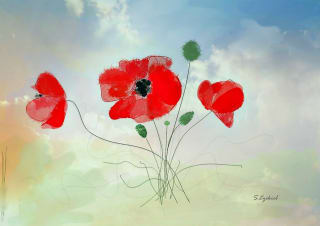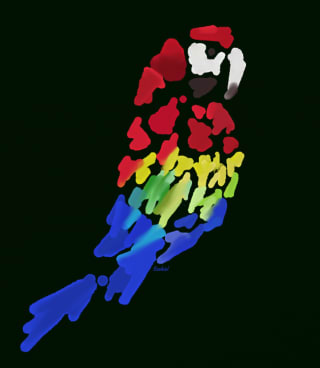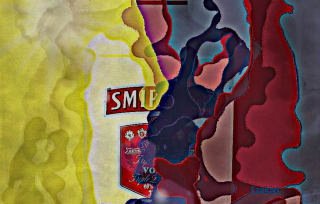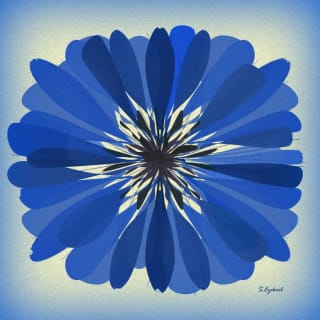Technology made life good, artist paint with her eyes
The artist who paints with her eyes

'Technology has made my life worth living': Artist paints with her eyes
London-based artist Sarah Ezekiel has won international recognition for her vivid, life-affirming images. But her work is all the more remarkable for the fact that she has a medical condition that has left her unable to move her arms.
Ezekiel's pictures are painstakingly produced, stroke by deliberate stroke, using the movement of her eyes and specialized technology that relays those movements to a computer.
Content by Samsung
How AI assisted a former athlete’s road to recovery from a debilitating stroke
Breakthrough technology by Samsung is helping to regain strength and confidence for those with impaired mobility.
The eye-tracking technology gives Ezekiel a platform for artistic expression otherwise denied her by amyotrophic lateral sclerosis (ALS), also known as motor neurone disease.
Ezekiel showed no signs of the condition until 2000, when she was aged 34. Pregnant with her second child, she noticed some weakness in her left arm and that she was slurring her speech. Within months, she was diagnosed with ALS. It's a condition that affects one in 50,000, according to the ALS Association, and for which there is no known cure.
"My life was pretty normal before," she says. "I was a full-time mum (and) used to cook, clean and go to the gym regularly."
She describes her first five years living with ALS as a "bleak wilderness" and "very lonely." Today, she can neither speak nor move but says "technology has made my life worth living."
Painter creates art with her eyes
Ezekiel uses a system made by Tobii Dynavox, a company specializing in "Eye Gaze" devices that help people with medical conditions communicate. Its technology utilizes projectors, cameras and algorithms to track the tiny movements of the user's pupils and control a cursor on a screen.
To interview Ezekiel, CNN sent her questions and she prepared her answers letter by letter, using predictive text. The technology also lets her surf the net, shop online and use social media.
Eye Gaze is one of many assistive technologies on the market. The late theoretical physicist Stephen Hawking, who also had ALS, was able to control communication software using an infrared sensor mounted on his glasses that detected movements in his cheek.
Ezekiel, who studied art when she was younger, began painting using the Eye Gaze device in 2012. Her first artwork,"Peaceful Warrior," took its title from a book by Dan Millman. "(It) was originally supposed to illustrate despair, but the finished result had a totally different feel," she recalls.
Although her work has been exhibited across the UK and as far afield as Qatar, Ezekiel says she's still learning and that there are always new techniques to explore. "When I'm creating, I'm totally focused on my work," she says, "all of my problems disappear."
Computer-based art has a history stretching back to the 1950s, when works were feats of engineering as much as artistic expression. Over time, algorithm-based shapes made way for software that allowed greater finesse, and the computer screen became a digital canvas. Today, famous painters like David Hockney can trade in their brush for an iPad and lose none of their flair.
"The odd thing is that my style hasn't changed," Ezekiel says of her work. "My Eye Gaze work resembles work I did with my hands before."
When the UK is free from coronavirus she hopes to exhibit once again. In the meantime she continues to sell her artworks online.
"Being an artist because of technology has totally improved my outlook on life and opened up many other possibilities for me," says Ezekiel. "I couldn't create for years and it's fantastic that technology has made it possible again."
